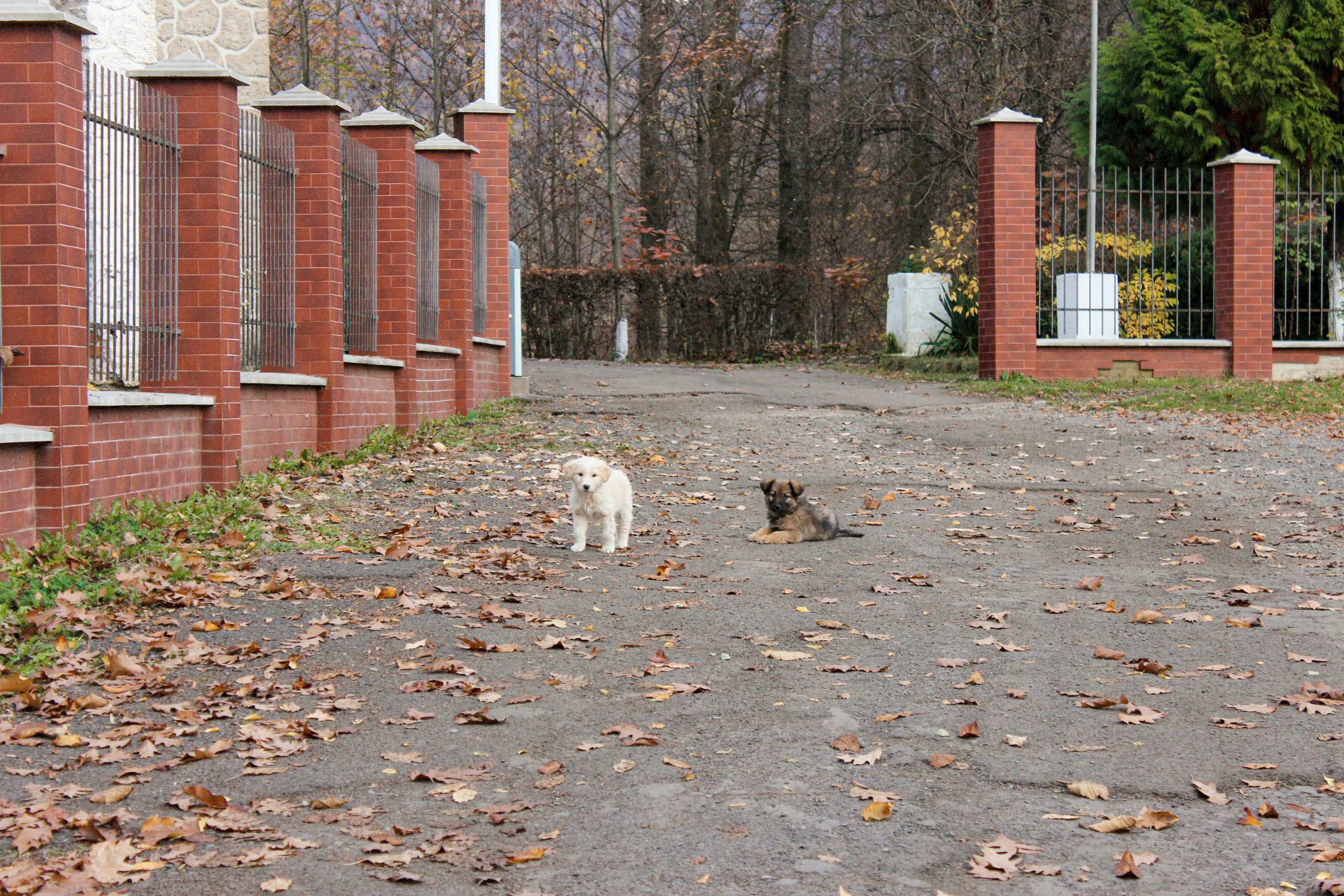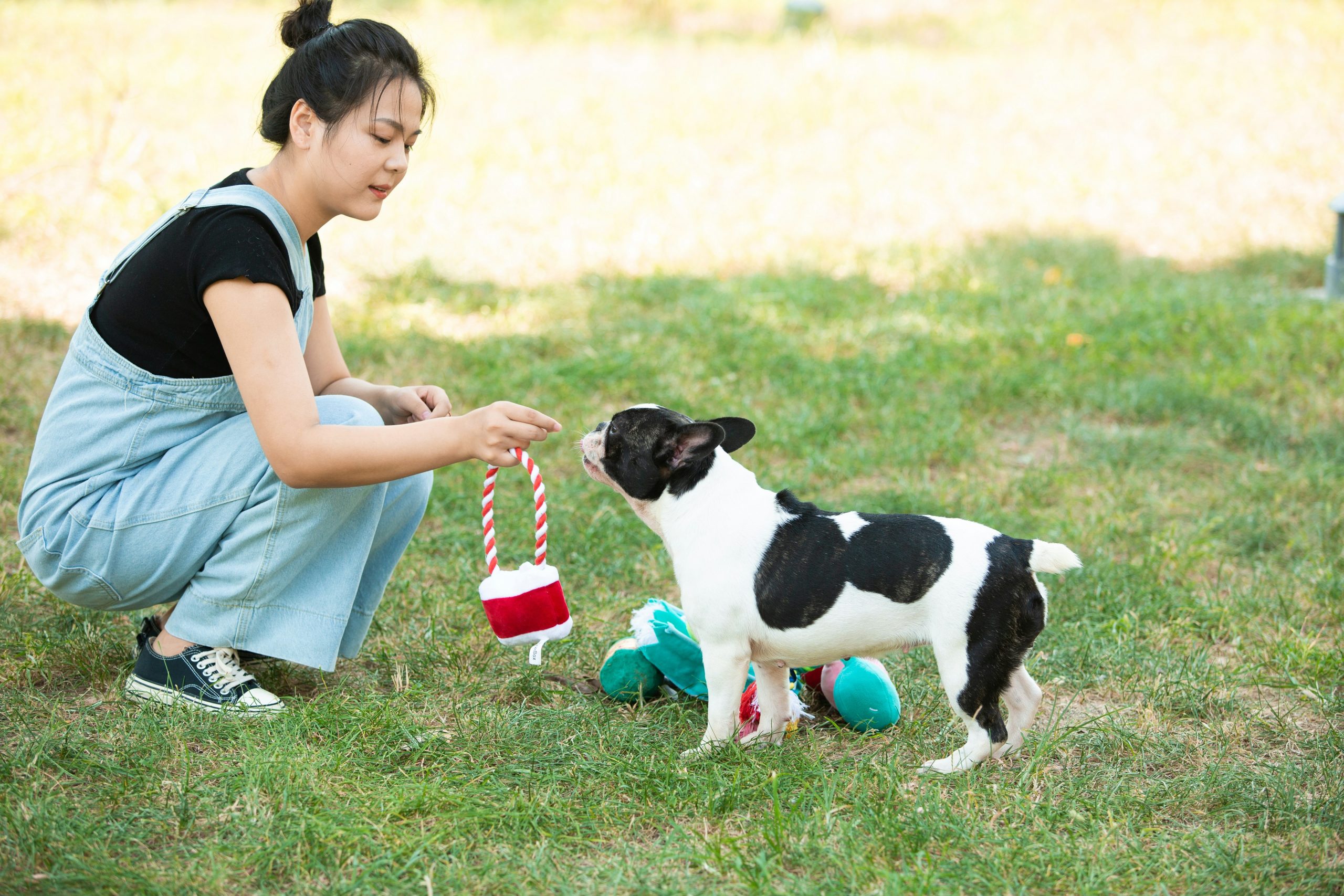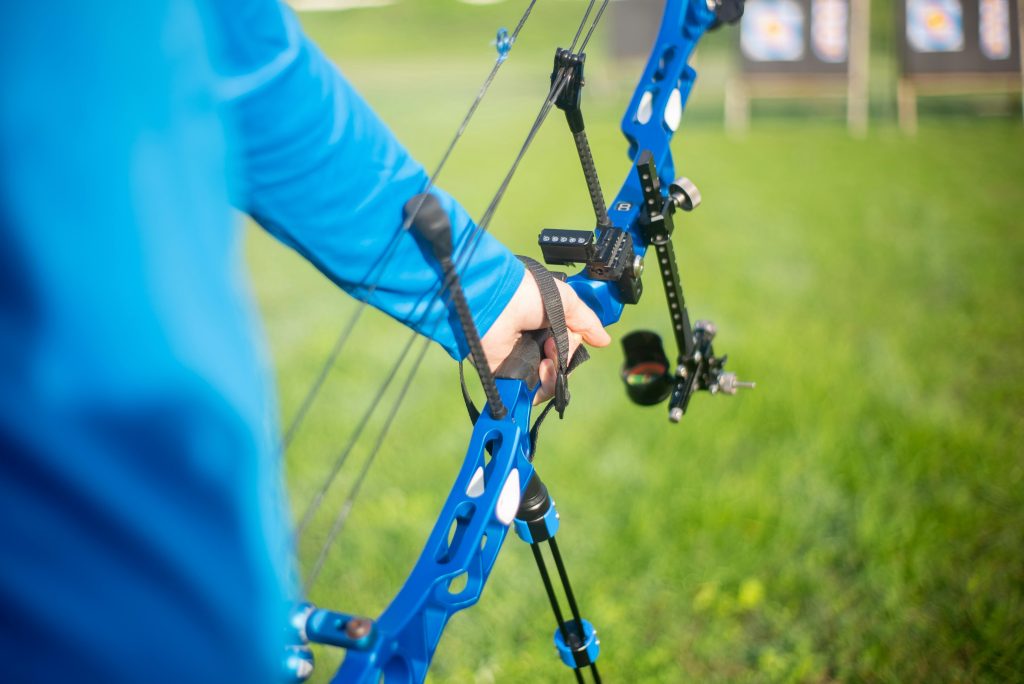Ever tried training one pet, only to have the other five sabotage your efforts like a chaotic zoo breakout? If you’re nodding furiously right now, you’re not alone. Target training for multi-pet households isn’t just a buzzword—it’s a lifeline for pet parents drowning in furry chaos.
In this guide, we’ll explore how to train multiple pets without losing your sanity. You’ll learn why target training works wonders, actionable steps for teaching it, and best practices to keep everyone (humans and pets alike) on the same page. Plus, I’ll share my epic fail story of trying to teach three cats and a dog to “shake” at the same time. Spoiler alert: It didn’t end well.
Key Takeaways
- Target training helps manage multiple pets by focusing their attention on specific cues.
- It fosters better communication between pets and reduces rivalry.
- This method can be adapted for dogs, cats, rabbits, and even birds!
- Patience is non-negotiable—success doesn’t happen overnight.
Why Target Training Matters for Multi-Pet Homes
Imagine this: You’re serving dinner when all your pets decide they want food NOW. Paws everywhere, barks overlapping meows, and somehow there’s also a parrot squawking “Mine!” from across the room. Sounds familiar?
Multi-pet households often struggle with managing attention spans and behaviors. That’s where target training comes in. By teaching your pets to focus on an object or gesture, you create structure and reduce competitive tension.

How to Teach Target Training Effectively
What Exactly Is Target Training?
Target training involves teaching your pet to touch or follow a designated object, such as a stick, finger, or mat. Once mastered, it becomes a universal signal for behavior control.
Step 1: Gather Supplies
You don’t need fancy gadgets; a simple wooden spoon or sticky note will do. However, clickers are optional but highly recommended for precision.
Step 2: Choose One Pet First
Start small. Attempting to train every pet simultaneously is like juggling water balloons—messy and doomed to fail.
Step 3: Introduce the Target
Show your pet the target object while giving a verbal cue like “Touch” or “Focus.” Reward them immediately when they interact with it.
Step 4: Gradually Increase Complexity
Once individual pets master the basics, introduce group sessions. Alternate targets so each pet knows their unique cue.
Optimist You: “They’ll totally get along if I just follow these steps!”
Grumpy You: “Yeah, unless Fluffy decides throwing shade is more fun than touching the darn stick.”
Tips & Best Practices for Multi-Pet Target Training
- Keep Sessions Short: Aim for 5–10 minutes per session to prevent boredom and burnout.
- Use High-Value Treats: Find what motivates each pet most—chicken bits work wonders for many species.
- Stay Consistent: Use the same commands and rewards across all pets to avoid confusion.
- Create Separate Zones: Designate areas for each pet during initial training to minimize distractions.
- Avoid Overlap Times Initially: Train pets individually first, then gradually merge groups.

Real-Life Success Stories: From Chaos to Harmony
Katie’s Tale of Triumph
Katie had two energetic Border Collies and a stubborn Persian cat named Sir Whiskerson. Using target training, she taught her dogs to line up politely for walks and her cat to jump onto a perch on command. Now, mornings are smooth sailing instead of controlled pandemonium.
Jamie’s Avian Adventure
Jamie introduced target training to her African Grey Parrot, who loved mimicking sounds but ignored instructions. Within weeks, the bird learned to return to its stand whenever Jamie held up a yellow feather—a game-changer for vet visits!
Frequently Asked Questions About Target Training
Can All Pets Learn Target Training?
Yes, even fish! While mammals and birds are easier, aquatic pets respond well to visual cues too.
My Pets Keep Distracting Each Other. What Should I Do?
Train them separately until they grasp the concept. Then reintegrate slowly, rewarding calm behavior.
Is Clicker Training Necessary?
No, but it speeds up the process significantly by providing instant feedback.
Do Pets Forget Commands Without Practice?
Unfortunately, yes. Regular reinforcement keeps everyone sharp.


